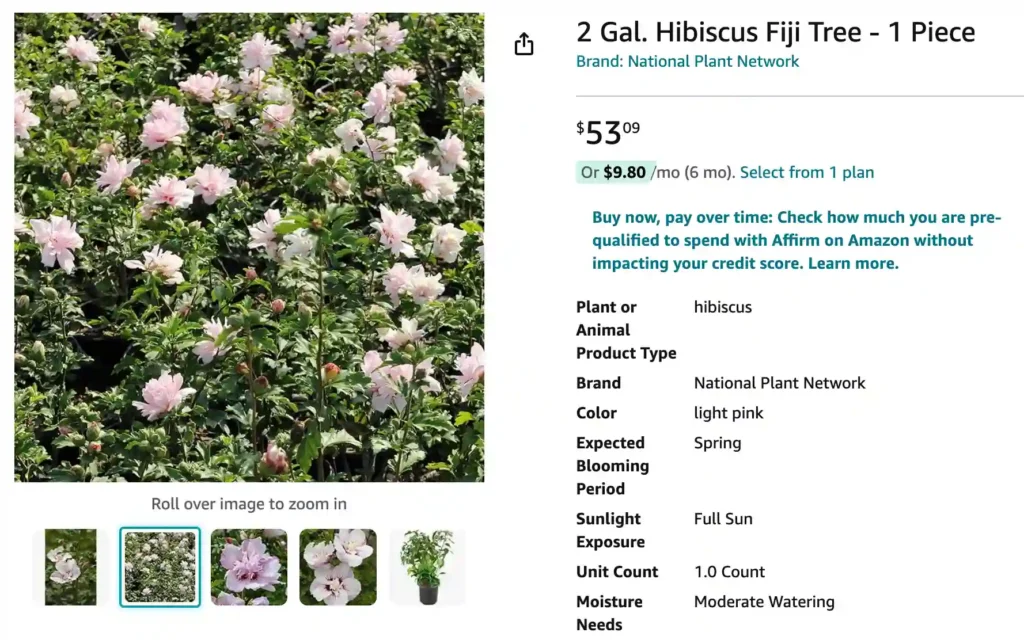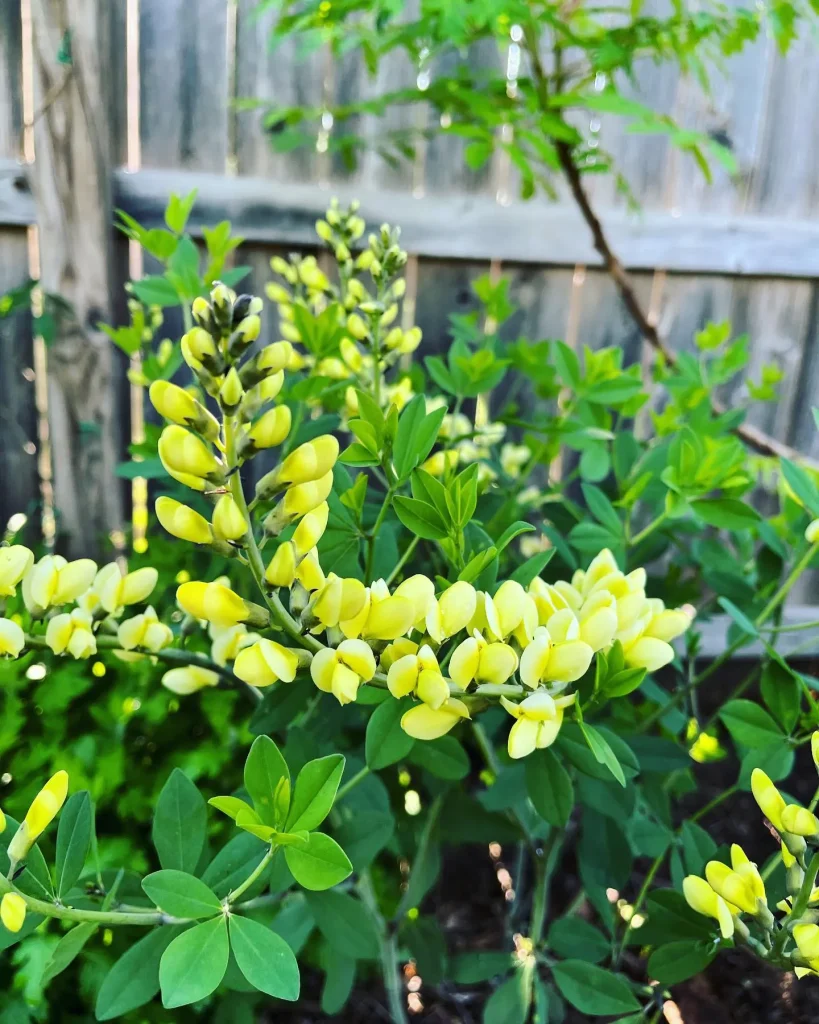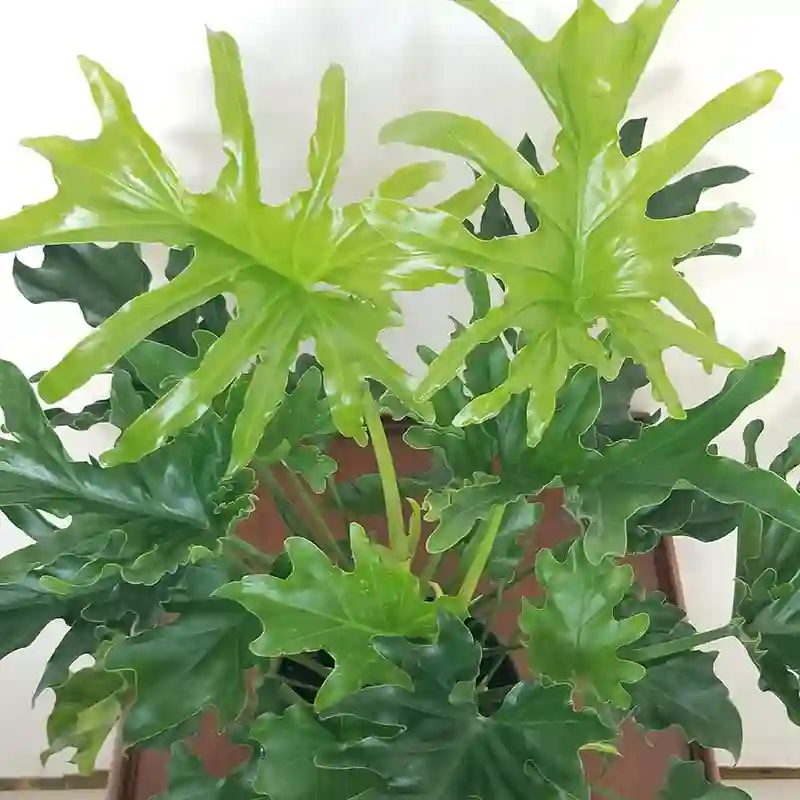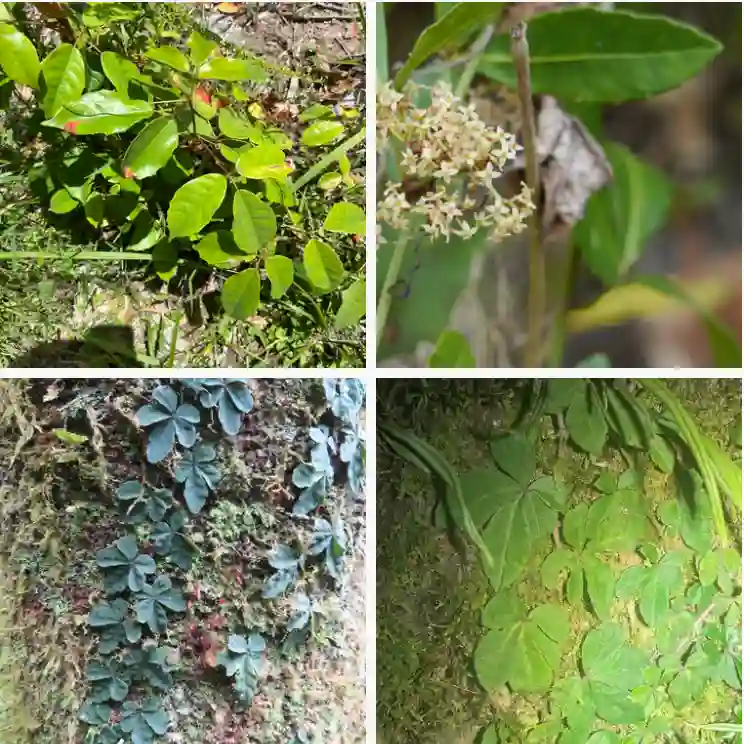
Fiji Hibiscus: A Gardener’s Guide by Ferb Vu
Hibiscus Fiji, a tropical gem with a surprising tolerance for cooler climates, has become a favorite among home gardeners. Its vibrant blooms and easy care make it a welcome addition to any landscape. But before you rush out and buy one, let’s delve into some frequently asked questions.
439 Species in Genus Hibiscus
What is a Fiji Hibiscus?
The Fiji Hibiscus (Hibiscus Syriacus Fiji™) is a deciduous shrub known for its stunning display of flowers. Unlike its tropical cousins, the Fiji Hibiscus thrives in zones 5-8, bringing a touch of the tropics to even moderately cold climates. This low-maintenance shrub boasts beautiful pink blooms that change color as they age, transforming from a vibrant medium pink to a soft, light pink with a striking dark red center.
How big does a Fiji Hibiscus get?
A mature Fiji Hibiscus can reach a height of 5-8 feet with a spread of 4-7 feet. Its compact size makes it ideal for smaller gardens or planting in containers.
How much sun does a Fiji Hibiscus need?
For optimal flowering, your Fiji Hibiscus will need at least 6-8 hours of direct sunlight per day. However, it can tolerate partial shade, making it a versatile choice for various garden layouts.
What kind of soil does a Fiji Hibiscus prefer?
The beauty of the Fiji Hibiscus is its adaptability. It thrives in well-drained soil, whether sandy, loamy, or clay. Amending your soil with compost before planting can provide additional nutrients and improve drainage.
How often should I water my Fiji Hibiscus?
Once established, your Fiji Hibiscus is fairly drought tolerant. However, consistent watering, especially during hot summer months, is key to promoting healthy growth and abundant blooms. Aim to keep the soil evenly moist but not soggy.
Does the Fiji Hibiscus need fertilizer?
A balanced fertilizer applied in early spring can give your Fiji Hibiscus a boost. However, it’s not strictly necessary for healthy growth. Overfertilization can lead to excessive foliage and fewer flowers.
How do I prune a Fiji Hibiscus?
Pruning is not essential for the Fiji Hibiscus, but it can help maintain its shape and encourage new growth. The ideal time to prune is in late winter or early spring before new growth emerges. Simply remove any dead, diseased, or crossing branches to promote a healthy, open canopy.
Is the Fiji Hibiscus deer resistant?
Yes, another bonus of the Fiji Hibiscus is its resistance to deer. This makes it a great choice for gardens frequented by these browsing herbivores.
What are some common diseases or pests that affect Fiji Hibiscus?
The Fiji Hibiscus is generally a disease and pest-resistant plant. However, aphids, mealybugs, and fungal diseases like powdery mildew can occasionally be an issue. These problems can usually be controlled with organic methods like insecticidal soap or neem oil.
Can I grow a Fiji Hibiscus in a container?
Absolutely! The Fiji Hibiscus compact size makes it well-suited for container gardening. Choose a pot with good drainage holes and use a high-quality potting mix.
What are the differences between Fiji Hibiscus and other Hibiscus varieties?
There are several key differences between the Fiji Hibiscus and other Hibiscus varieties:
- Hardiness: The Fiji Hibiscus thrives in zones 5-8, making it much hardier than tropical Hibiscus varieties that require warm temperatures year-round.
- Flower Color: While tropical Hibiscus come in a wider range of flower colors, the Fiji Hibiscus offers a unique color-changing bloom that starts vibrant pink and fades to a soft pink with a dark red center.
- Bloom Time: The Fiji Hibiscus boasts a long blooming season, usually from midsummer to early fall. Some tropical Hibiscus varieties may not bloom as consistently throughout the summer.
Where can I buy a Fiji Hibiscus?
Many online nurseries and local garden centers carry the Fiji Hibiscus. Look for a reputable seller that offers healthy plants.
With its stunning blooms, easy care, and surprising hardiness, the Fiji Hibiscus is a remarkable addition to any garden. By following these simple tips, you can enjoy the beauty of this tropical gem for years to come.
If i die, water my plants!



